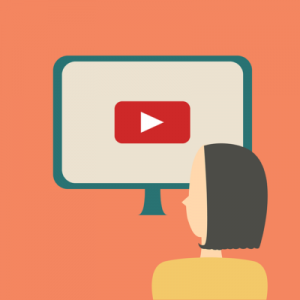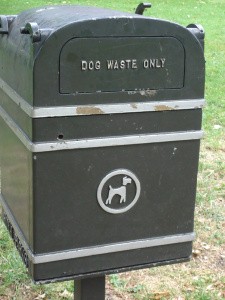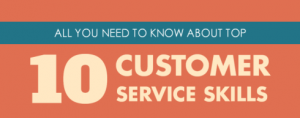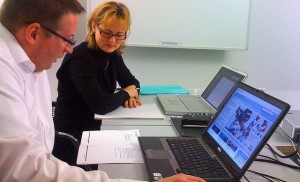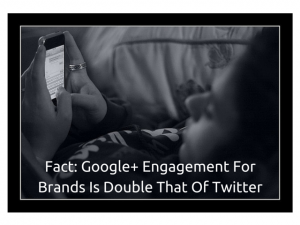Building a valuable, useable and feasible product does not happen overnight. These are my four core learnings from focusing on customer value, looking back at the projects I have been pursuing over the years.
Lessons Learned #1: Customers Don’t Know What They Want. And You Cannot Just Ask Them.
It’s really hard to design products by focus groups. A lot of times, people don’t know what they want until you show it to them.
The famous Steve Jobs quote that everyone in product design and management has heard of before. Fact is, that it is pretty useless to ask prospective customers in advance what features they would appreciate in a new product. Whether you send questionnaires or you ask them directly in an interview, they will usually fail to imagine both the situation as well as the new product in a way that will provide you with actionable insight. The problem is called “psychological interference” due to the high level of required abstract thinking.
Rebecca Hamilton of the McDonough School of Business is a Professor of Marketing at Georgetown University and wrote about this in the article “Bridging Psychological Distance“. There is also good podcast with her dealing with that problem: “Psychological Distance is Product Management“.
And how to avoid this effect? Test your ideas with real customers – even a simple prototype will help you avoiding this particular effect. (Of course, it does not hurt to invest more, see this prototype example built with Marvel.)
Wrap up: Talk to customers only when you can show them at least a prototype.
Lessons Learned #2: Start Loving Experimenting
There is an old saying: You can’t get good at something without the freedom to be bad at it first.
Innovation is always a fruit of failure – provided that you have established a learning culture that allows to fully utilize every outcome of the build-test-learn cycle, including the (many) failures. Speaking of which, Mr Edison had the right attitude in that respect: “I have not failed. I’ve just found 10,000 ways that won’t work.”
So, go and break some things from time to time. Make testing hypotheses as fast as possible the most important KPI for anyone involved in product design/management. Measure the cycle-time and improve it over time.
The sooner you start testing, the earlier you start gathering data, insights and customer feedback that allows you to validate or invalidate your hypothesis. Keep iterating with additional experiments, if an idea seems to lead to something useful, feasible and valuable.
And stop working on ideas that don’t result in a positive feedback from the first five to seven prospective customers you are talking to. It really does not take more interviews to validate an idea; a larger sample would just increase the workload without providing more insight.
Wrap up: Become an expert in testing hypotheses by running (small) experiments as fast as possible.
Lessons Learned #3: Get Out of the Building And Test in the User’s Natural Habitat
Getting out of the building is at the core of the customer development process, defined by Steve Blank. (If you’re not (yet) familiar with the term, invest 5 min of your time and watch this video: “The Lean Approach: Getting Out of the Building: Customer Development”.)
The question is: Where should these customer interviews be held – in a user research lab with see-through mirrors?
To my experience, it is best to hold them at the typical location and in the typical situation the product is normally used, for example in a customer’s office. However, this is not always possible, or it might be too complicated and/or expensive. It therefore makes sense to hold the interviews at a neutral location that does not influence the candidates, as happens regularly, for example, in corporate offices. An external location guarantees the desired separation of the interviews from the hectic stress and distractions of the corporate office.
Wrap up: Don’t use UX research labs, don’t use your office but the customer’s place, where your product is being used, whenever possible. Settle for a neutral place or a coffee shop if that does not work.
Lessons Learned #4: Love the Problem, But Don’t Fall In Love With Your Solution
It is interesting to observe, when entrepreneurs fall victim to their very own reality distortion field and starting loving their solution to a perceived problem, instead of falling in love with their customers’ problem in the first place. (It happens to the best, me included.)
Instead, stop padding your own shoulder and focus solely on providing value to your customers. And while you’re at it: Solve the most the difficult (technical) problem first. The rest will fall in place after that.

And try walking in your customers’ shoes from day one by generously eating your own dog-food. And your „product“ isn’t just limited to apps & websites, but the whole user experience. (Particularly if that involves services provided in the real world.)
Wrap up: Keep your ego at bay and focus solely on providing value to your customers. Consume your own dog-food and become your most vocal critic.
If you like to learn more, I wrote an ebook on the topic: Lean User Testing.
Business & Finance Articles on Business 2 Community(135)

